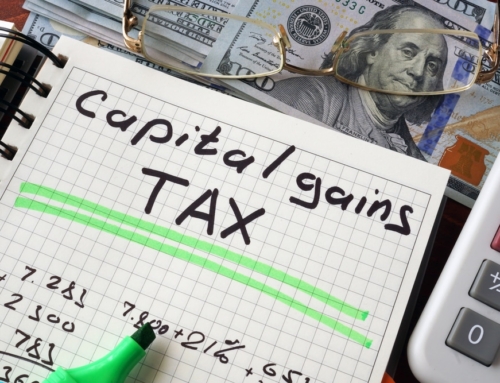It’s bad enough having to face paying a fortune in taxes—there’s no reason to also get stuck paying penalties when filing taxes. Yet many people just don’t review their financial status or withholding during the year—and they end up coming up short over and over again.
Although the IRS offers a delicious menu of penalties you might have to pay when filing taxes, today we’ll focus on the penalty for underpaying your estimated tax payments.
There are two basic rules to follow if you want to avoid this penalty:
- Pay in enough to owe less than $1,000 by the April filing deadline.
- Pay taxes on a quarterly schedule or through payroll withholding.
Easy ways to avoid an underpayment penalty
Look at your 2011 tax liability on line 61 of Form 1040 or line 35 of Form 1040A. Pay in at least that amount for 2012. If your income is increasing substantially, pay in at least 110 percent.
If you pay your taxes via payroll withholding, even if the withholding is all paid in December, the IRS regards the payment as being made evenly throughout the year. Use this to your advantage by reviewing the year-to-date withholding column on your paystub to see how much you’ve had withheld so far. Based on last year’s tax liability, how much more will you have to pay in this year to avoid the underpayment penalty?
Folks with jobs have two choices on how to handle this:
Spread the additional cost evenly through the rest of your checks.
Wait until late in the year, then dramatically increase your withholding for the last four paychecks to pay it all before December 31.
Folks owning corporations have another option. (Note: The IRS hates it when you do this—but it is legal.) In late December, write yourself a big paycheck. Deduct the entire year’s federal and state income taxes all at once. Your net paycheck may be $5, but the gross paycheck might be $150,000.
Suppose you owe the IRS $35,000 and your state $12,000. Your year-end check would look like this:
 *That’s the CA rate for state disability. Look up your own state’s rate and local taxes in your state’s payroll tax tables.
*That’s the CA rate for state disability. Look up your own state’s rate and local taxes in your state’s payroll tax tables.
You use the money all year and pay the IRS and your state in early January of the following year. This saves about $1,000 in IRS and state underpayment penalties.
Folks without payrolls must pay estimated taxes on time to avoid penalties. That means you make your payments quarterly. You can do this easily with the EFTPS system, which gives you a way to pay electronically with no fees. Get proof of the date and time of your payment, as well as to what year and form the payment should be applied. You can also pay by credit card using an approved service—but by doing so, you’ll pay convenience fees of 1.89 percent to nearly 4 percent.
Suppose your income is earned mostly at the end of the year—from big bonuses or dividends, or from a Christmas shop that you run. There’s a special—but complicated—calculation on page four of the penalty form, Form 2210. In situations like this, your best bet is to seek professional help for filing taxes.
Incidentally, the IRS has a special new form to eliminate your penalties for six months, just for this year: Form 1127A. Be aware, however, that it works only if you can pay in full by October 15—and if you meet certain other tax requirements.
Eva Rosenberg, EA, is the publisher of TaxMama.com®, where your tax questions are answered. She teaches tax professionals how to represent you when you have tax problems. She is the author of several books and e-books, including Small Business Taxes Made Easy. Follow her on Twitter: @TaxMama





